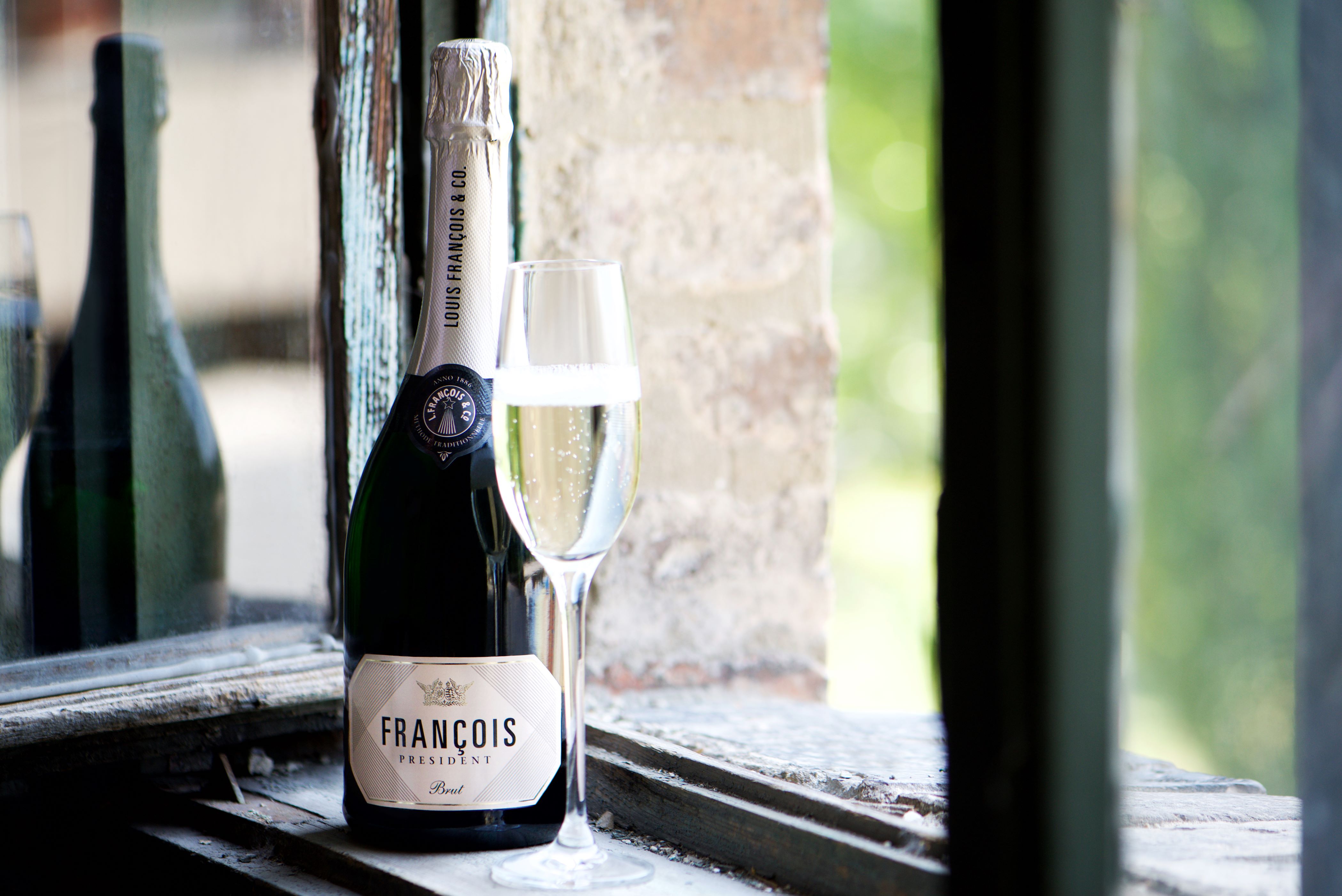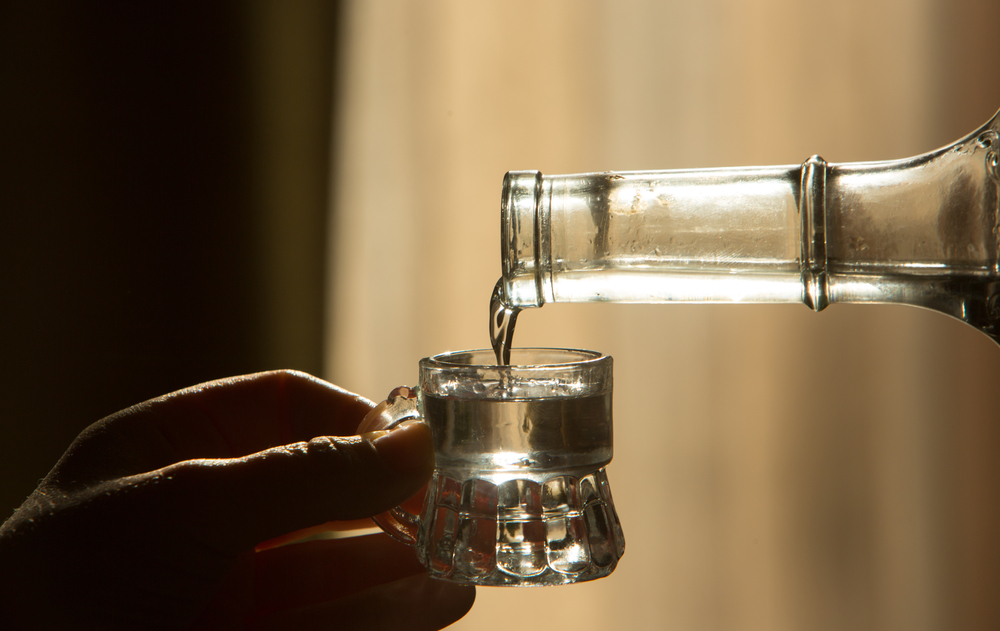Increasingly Elegant Eger Delivers Time and Again

With many of us in stay-at-home mode, and unnecessary travel discouraged, the Budapest Business Journal’s regular wine column heads off on a virtual grand tour around some of the country’s leading wine areas.
János Bolyki
The Eger wine region, located in the relatively cool climes of northeastern Hungary, is viticulturally very well endowed and can swing both ways with equally exciting results in terms of producing both white and red wine. It is the land of blends: its red Bikavér (Bull’s Blood) is the stuff of legend, while Egri Csillag (Star of Eger) is a more recent addition to the Eger fold.
Not only is the city of Eger a genuine baroque beauty, it also has an imposing castle that is itself legendary; it is here that brave Hungarians are said to have held the fort and eventually repelled invading Ottoman forces in 1552 (remember that date, it will be important later).
The marauding Turks apparently declared that the mighty Magyars were fueled for the big fight by drinking the blood of bulls and thus inspired the name of the region’s signature wine. The southern Hungarian region of Szekszárd, 130 km away, also claims to have been the first to make Bikavér, but that’s another story.
Whoever got there first is not that important, but it is notable that the Bikavérs from the two regions are quite different from each other, with Eger’s more linear, acid-driven and elegant style nicely contrasting with Szekszárd’s more sun-kissed ripeness and roundness.
The difference is not only climatic. Eger is based on volcanic rhyolite tuff topped by brown forest soils and clay, plus some limestone, while warmer Szekszárd has loess and red clay that yield chunkier wine, with some pockets of limestone.
Eger is famous, and for a time perhaps infamous, even beyond Hungary, for its Bikavér, but the region is slowly taking the bull by the horns and succeeding in distancing itself from the bottom-shelf Bikavérs associated mainly, but unfortunately not exclusively, with the mass production philosophy of the communist past.
The region’s vintners are putting increasingly sophisticated and complex Bikavérs on the table from lower yields that reflect the attributes of its relatively cool northern climate, based on vibrant acidity, as well as restrained alcohol and tannins.
Backbone
The backbone for Bikavér comes from the local Kékfrankos grape, which is the most planted red wine variety in Hungary and is the same grape as Austria’s Blaufränkish. The Bikavér blend is fleshed out and beefed up by other grape varieties, including the Bordeaux varietals, with a minimum of three grapes required for the entry-level “Classic” category and a minimum of five for the more yield-restricted “Superior” category, with no one grape supposed to dominate.
“Grand Superior” is a single vineyard Bikavér from low yields. St. Andrea’s earthy, spicy and fruity Hangács Bikavér Grand Superior (HUF 5,800 from Bortársaság) is from a 17-hectare vineyard in Demjén, and positively oozes a sense of place.
A recent development is that the spicy but hard to cultivate Kadarka grape, which was grubbed up during the former system, is making a comeback in Eger and many winemakers have started to use a small percentage of the grape to liven up the blend (such as in the aforementioned Hangács).
In contrast, Kadarka has never gone away in Szekszárd and its use in Bikavér is de rigueur. In 2010, Egri Csillag (Star of Eger) became the white equivalent of Bikavér.
Local flavor is guaranteed by the requirement that the wine must be composed of at least 50% of the Carpathian basin grape varieties, such as Olaszrizling, Hárslevelű, Leányka, Királyleányka, Zengő and Zenit. Aromatic varieties like Cserszegi Fűszeres, Zefír, Irsai Olivér, Tramini and Muscat Ottonel are limited to a maximum of 30% in the blend. The same categories apply to Egri Csillag as to Bikavér.
Tibor Gál’s Egri Csillág is my go-to in the “Classic” category, but it came out even better than usual – a bit fuller, softer and rounder – in the warm but balanced 2018 vintage. His “Titi” Egri Csillág 2018 (HUF 2,250 from Bortársaság) is totally made in the tank and is a blend of Királyleányka, Viognier, Pinot Gris, Tramini, Pinot Blanc, Zenit and Cserszegi fűszeres.
When you can travel again and are next in Eger, look out for the impressive Nagy Eged Hill, which rises majestically above the city. It has the highest vineyards in Hungary and the wines from here typically possess extra layers of elegance and complexity, with prices to match. That said, Egri Bikavér Grand Superior Nagy-Eged 2015, a field blend of Cabernet Franc, Kadarka, Kékfrankos, Merlot and Syrah, from the Thummerer winery is great value at HUF 6,400 from Borbolt.hu.
One indicator of how the Eger region is developing is Szépasszonyvölgy (Valley of the Beautiful Women), which was formerly a bastion of wine of below bottom shelf quality. Now, however, the overall quality is much improved at this charming and atmospheric extended cellar row, and several of the region’s leading lights, like St. Andrea and Tibor Gál have a presence there.
Eger Gives Blood in Fight Against COVID-19
Eger winemakers are literally giving their Bull’s Blood (and more) in the battle against coronavirus, by helping to finance catering for medical workers, who are unable to leave hospitals or clinics for long stretches.
The Eger Wine Workshop (which includes all the wineries and winemakers mentioned in this article) and the local Lions Club have joined forces to support Eger medical workers with free meals. Members of the Eger Wine Workshop have donated 1,552 bottles of wine for sale and are dedicating the income to finance the “1552 initiative” (named for the year the Siege of Eger took place), with local restaurants making and delivering food at cost for any of those medical institutions.
It’s astounding to see that in the present situation, when everybody is full of fear and uncertainty, health workers march into the lion’s den with no complaints and for the sake of our community expose themselves to the dangers of infection,” says winemaker János Bolyki, the originator of the initiative. “Being winemakers, our way of helping is by donating wine.”
The wines are purchased by making a donation of a minimum of HUF 2,000 per bottle, with the bottles handed over once the pandemic is over. The wines can be viewed and bought at www.1552segitseg.hu.
SUPPORT THE BUDAPEST BUSINESS JOURNAL
Producing journalism that is worthy of the name is a costly business. For 27 years, the publishers, editors and reporters of the Budapest Business Journal have striven to bring you business news that works, information that you can trust, that is factual, accurate and presented without fear or favor.
Newspaper organizations across the globe have struggled to find a business model that allows them to continue to excel, without compromising their ability to perform. Most recently, some have experimented with the idea of involving their most important stakeholders, their readers.
We would like to offer that same opportunity to our readers. We would like to invite you to help us deliver the quality business journalism you require. Hit our Support the BBJ button and you can choose the how much and how often you send us your contributions.









